Persistent depressive disorder or PDD formerly called dysthymia is a form of depression that usually continues for at least two years. Thats nearly three times the number before the COVID-19 pandemic.
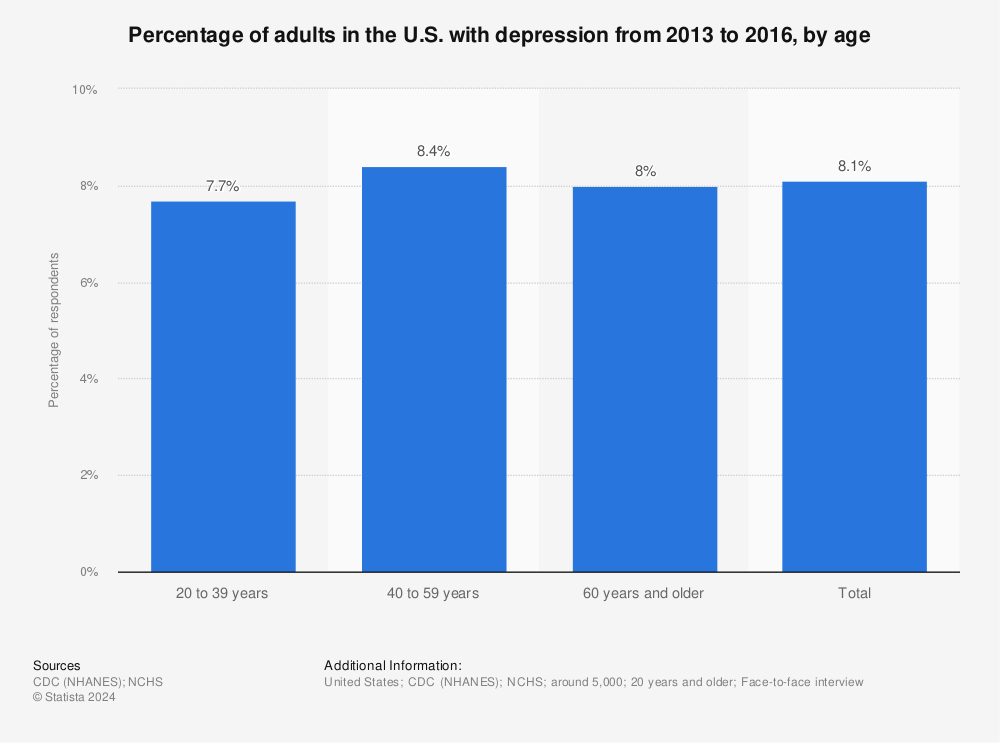 Depression Among Adults By Age U S 2013 2016 Statista
Depression Among Adults By Age U S 2013 2016 Statista
Affects approximately 15 percent of the US.
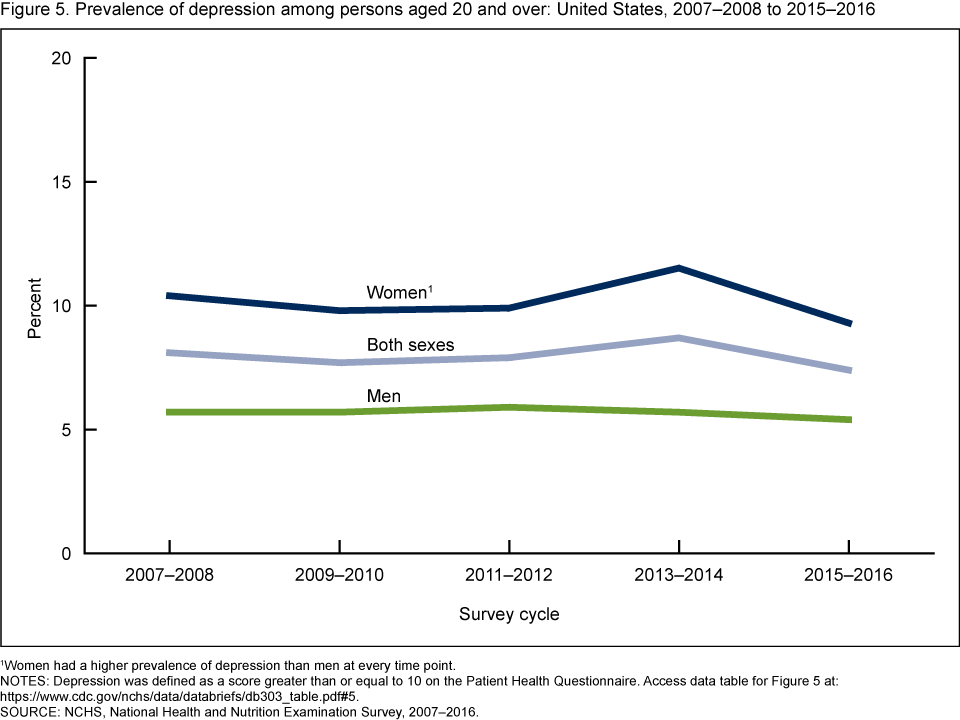
Depression statistics in america. Depression affects an estimated 8 of persons in the United States and accounts for more than 210 billion in health care costs annually. Percent of adults aged 18 and over with regular feelings of depression. Major depression is one of the most common mental illnesses affecting 67 more than 16 million of American adults each year.
Another type of depression. Depression affects 20-25 of Americans ages 18 in a given year. The Great Depression began in the United States of America and quickly spread worldwide.
Types of depression Major depressive disorder. Only 617 of adults with MDD are receiving treatment. Preventive Services Task Force USPSTF and.
Even before COVID-19 the prevalence of mental illness among adults was increasing. Anxiety disorders are the most common mental illness in the US affecting 40 million adults in the United States age 18 and older or 181 of the population every year. Depression causes people to lose pleasure from daily life can complicate other medical conditions and can even be serious enough to lead to suicide.
Its estimated that 162 million adults in the United States or 67 percent of American. This rate was highest among youth who identify as more than one race at 124. 97 of youth in the US.
According to data from the 2017 National Survey on Drug Use and Health 173 million adults in the United Statesequaling 71 of all adults in the countryhave experienced a major depressive episode in the past year. Youth mental health is worsening. Population age 18 and older in a given year.
51 rows According to the National Institute of Mental Health an estimated 173 million adults. Nearly a quarter of people in the United States are experiencing symptoms of depression according to a study published Wednesday. Anxiety disorders are highly treatable yet only 369 of those suffering receive treatment.
It had severe effects in countries both rich and poor. You may have a single bout of major depression or you can have recurring episodes. Early release of selected estimates based on data from the 2019 National Health Interview Survey.
Depression is one of the most common forms and symptoms of mental illness in the United States with around 74 percent of adults suffering from depression as of 2016. Have severe major depression compared to 92 in last years dataset. Adults experienced an episode that resulted in severe impairment in the past year.
Basic Facts About Depression. Personal income consumption industrial output tax revenue profits and prices dropped while. According to depression statistics from the Centers for Disease Control and Prevention CDC about 9 percent of adult Americans have feelings of hopelessness despondency andor guilt that.
About 33 million American adults.
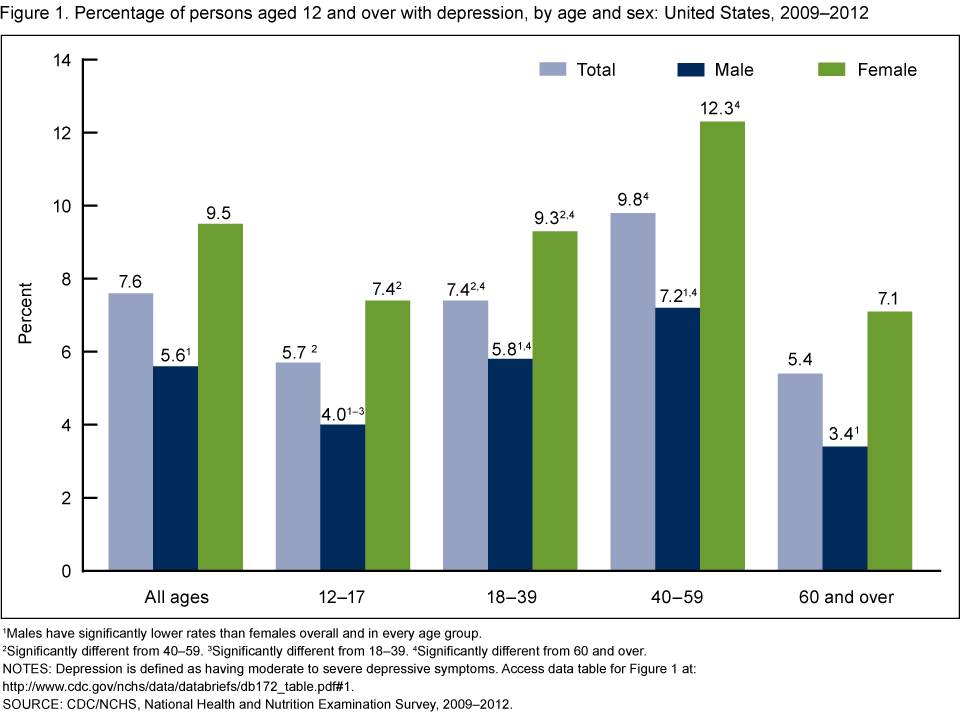 Products Data Briefs Number 172 December 2014
Products Data Briefs Number 172 December 2014
:no_upscale()/cdn.vox-cdn.com/uploads/chorus_asset/file/22170368/D724E_reported_symptoms_of_anxiety_br_and_depression_in_early_summer__1_.png) Rising Covid 19 Cases Are Making Depression And Mental Health Crises Worse Vox
Rising Covid 19 Cases Are Making Depression And Mental Health Crises Worse Vox
 Depression Types Causes Symptoms Statistics Treatment
Depression Types Causes Symptoms Statistics Treatment
 Depression Facts Statistics And You
Depression Facts Statistics And You
 Products Data Briefs Number 303 February 2018
Products Data Briefs Number 303 February 2018
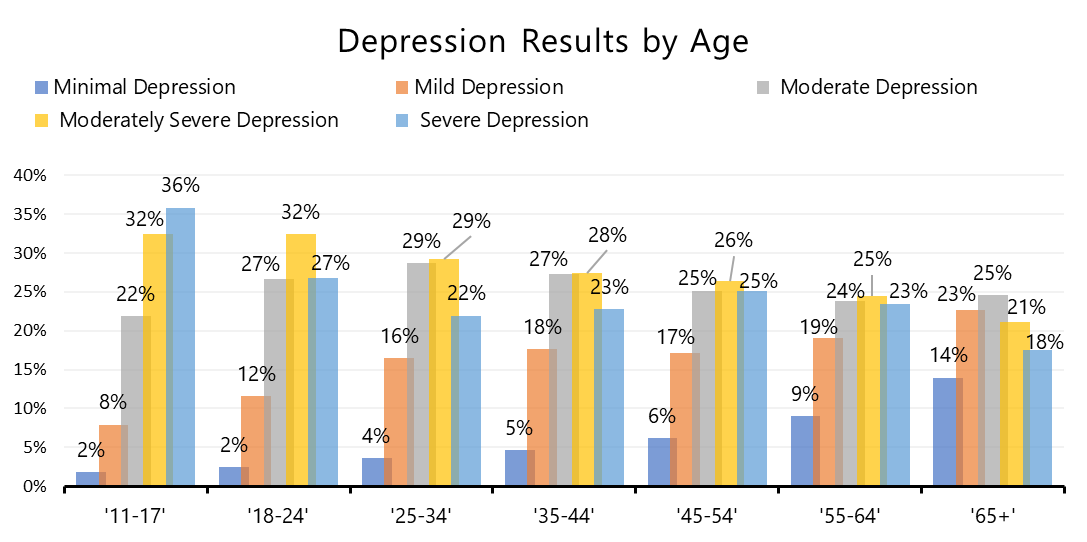 Online Depression Screening Data And Statistics Mental Health America
Online Depression Screening Data And Statistics Mental Health America
Depression Rates By Age Young People Are Experiencing More Depression
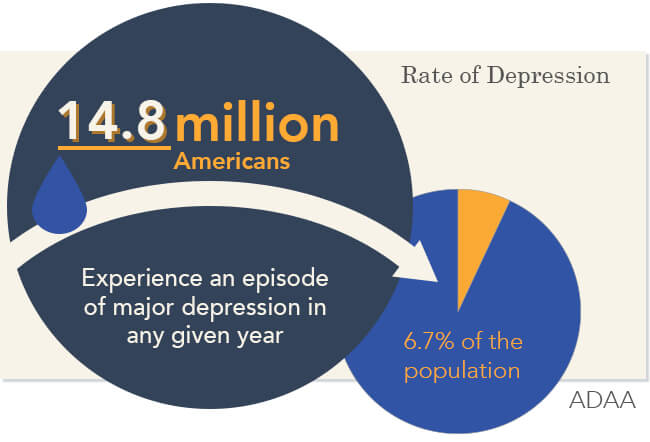 Depression Substance Abuse Treatment Plans Medication Therapy
Depression Substance Abuse Treatment Plans Medication Therapy
Chart More U S Teenagers Are Experiencing Depression Statista
 Major Depression On The Rise Among Everyone New Data Shows
Major Depression On The Rise Among Everyone New Data Shows
 Nimh Major Depression Among Adults
Nimh Major Depression Among Adults
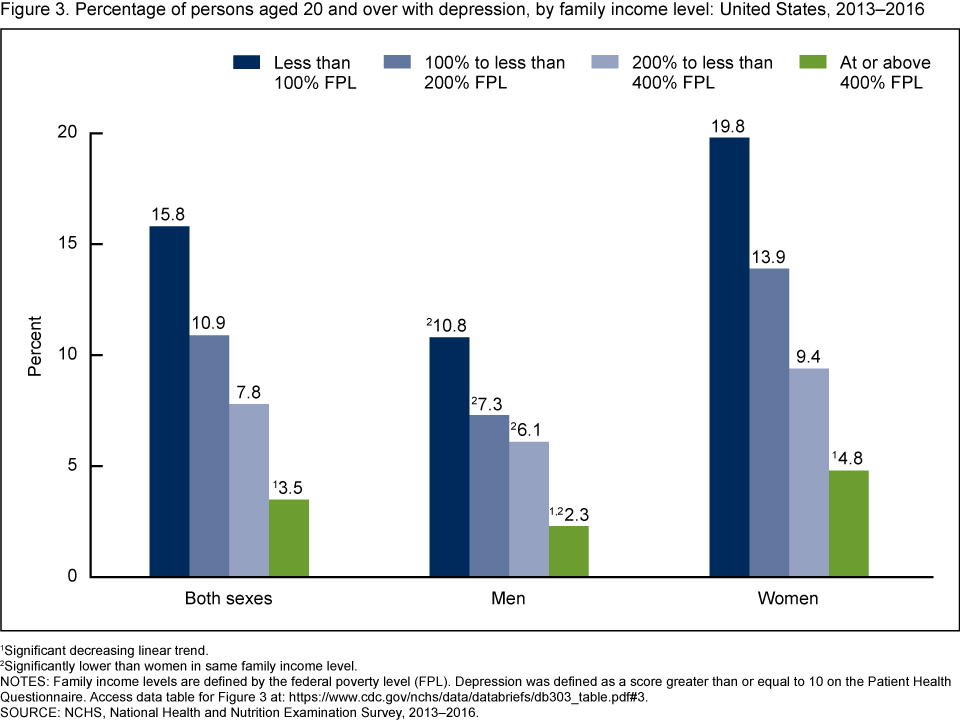 Products Data Briefs Number 303 February 2018
Products Data Briefs Number 303 February 2018
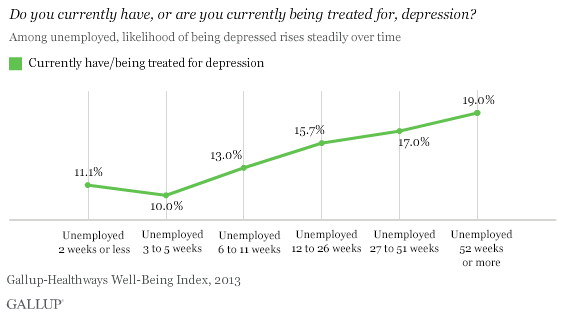 In U S Depression Rates Higher For Long Term Unemployed
In U S Depression Rates Higher For Long Term Unemployed
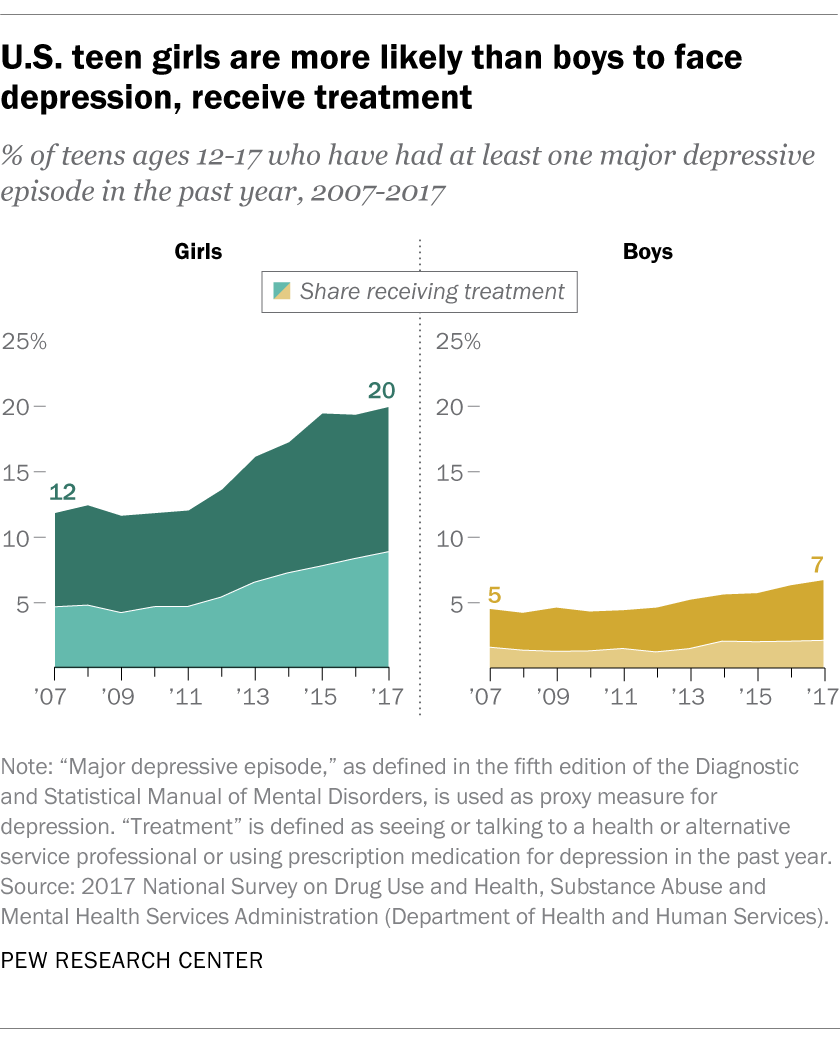 Depression Is Increasing Among U S Teens Pew Research Center
Depression Is Increasing Among U S Teens Pew Research Center
No comments:
Post a Comment
Note: Only a member of this blog may post a comment.